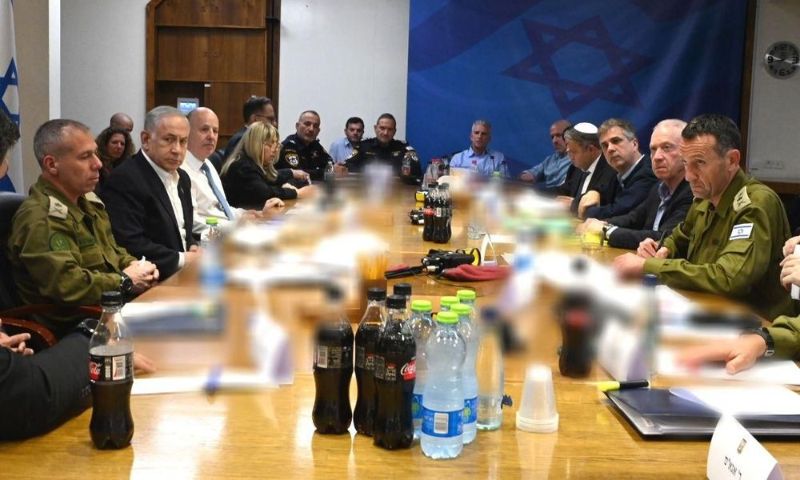TEL AVIV: Israel’s security cabinet is reviewing the terms of a potential truce with Hezbollah in south Lebanon, where the Israeli military is conducting a ground offensive, Energy Minister Eli Cohen said on Wednesday.
Cohen said that while discussions are underway, a formal agreement could still take time. “There are discussions, I think it will still take time,” Cohen told Israeli public radio. The proposed truce framework seeks a cessation of hostilities along the Lebanon-Israel border where Israel’s ground offensive continues.
Channel 12 reported that Prime Minister Benjamin Netanyahu held discussions with ministers on Tuesday to outline Israel’s specific conditions for a temporary 60-day truce. These conditions include Hezbollah’s retreat to positions north of the Litani River—about 30 kilometers from Israel’s border—the deployment of Lebanese army units along the border, international enforcement mechanisms for the ceasefire, and guarantees allowing Israel freedom of military action in response to perceived threats.
Under the UN Security Council Resolution 1701, only the Lebanese army and the UN peacekeeping force UNIFIL are allowed to operate south of the Litani River.
READ ALSO: Iran Guards Head Warns Israel of ‘Bitter Consequences’ Following Strike: Media
To reinforce the agreement, US envoys Brett McGurk, Middle East adviser to President Joe Biden, and special envoy Amos Hochstein are expected to meet Israeli officials in Tel Aviv this week. They will also meet Netanyahu to discuss the ceasefire proposal and next steps.
Defense Minister Yoav Gallant recently noted that Hezbollah’s missile and rocket stockpiles are now at an estimated 20 percent of their original strength. He said that the group has retreated from villages along the Israeli border.
Meanwhile, Hezbollah launched a surface-to-surface missile on Wednesday, triggering alert sirens across northern and central Israel.
According to Lebanese health ministry figures, Israeli bombardments have killed at least 1,754 people in Lebanon since September 23, though gaps in reporting suggest the actual toll may be higher.























